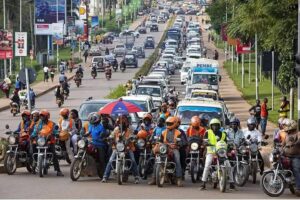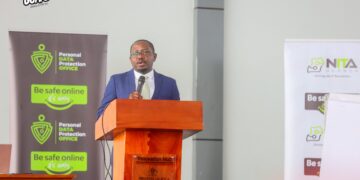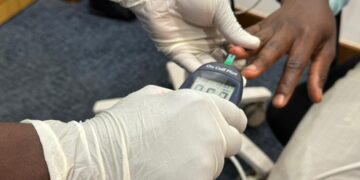Editorial
KAMPALA
In a telling symbol of Uganda’s unemployment crisis, 1,300 applicants converged at Makerere University’s School of Computing & IT to sit aptitude tests for just 31 job openings at the Office of the Auditor General (OAG) on Friday.
Shortlisted from a pool of 1,474 applicants, they competed for only two IT Officer trainee positions, 28 Auditor trainee slots, and one Office Assistant role.

The Public Service Commission’s Assistant Commissioner for exams, David Ochieng, praised the flawless management of the exercise emphasizing no disruptions, no malpractice, and disciplined candidates. Yet the underlying reality reveals far more than a procedural success, it underscores a national shockwave of job scarcity.
Unemployment in Uganda: A Deeper Crisis
Though Uganda’s national unemployment rate stood at approximately 2.9 percent as of December 2024, up from 2.8 percent in 2023, such figures mask deeper vulnerabilities in the labour market. According to the December 2024 national census, about 1.4 million Ugandans aged 14–64 were actively unemployed, with women (14.5 percent) more affected than men (10.7 percent).
Moreover, nearly 700,000 working-age Ugandans have spent more than a year jobless, while 42 percent of youth (aged 18–30) are classified as NEET, not in employment, education, or training.
Youth unemployment specifically has shown modest improvement, dropping from 5.04 percent in 2021 to 4.46 percent by the end of 2024. Yet again, these formal sector metrics fail to account for underemployment and the vast informal economy where many remain stuck.
Equal Opportunities Commission’s Verdict: Structural Imbalance
The 10th Annual Report on the State of Equal Opportunities in Uganda (FY 2022–2023) repeatedly flagged the misdistribution of opportunities across regions, genders, and age groups. It specifically noted growing regional imbalances in high-level government jobs and under‑compliance with equity planning in employment within MDAs (ministries, departments, agencies).

Critics argue that the over‑centralization of public sector vacancies, coupled with stringent qualification filters, locks out many qualified candidates, especially from marginalized regions. Youth who make up the largest demographic cohort, bear the brunt of this structural exclusion.
The Contest at OAG: Symptoms of a Wider Problem
With 1,300 hopefuls vying for 31 posts, the candidate‑to‑job ratio at the OAG selection exercise reaches over 42‑to‑1. While the PSC touts efficient conduct, the boiled‑down fact remains: thousands of Ugandans remain desperate for stable, formal employment.
In a country where only about 37 percent of working-age adults are formally employed, and 88 percent of employed persons operate in the informal sector, selection exercises like these mirror national desperation more than institutional efficiency.
Numbers That Tell a Bitter Truth
Behind the smoothly managed recruitment process lies a bitter reality: Uganda’s formal job market offers minuscule openings, while a large chunk of its working population, especially youth remains locked out. The mismatch between demand and opportunity rings alarm bells for policymakers.
Unless public institutions overhaul equity compliance and expand entry-level opportunities, exercises like the OAG aptitude tests will only spotlight the growing divide: the many ready and waiting, and the very few roles available.








































